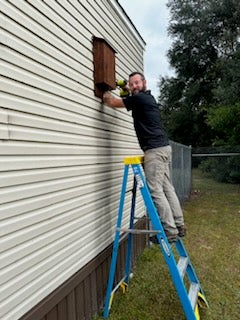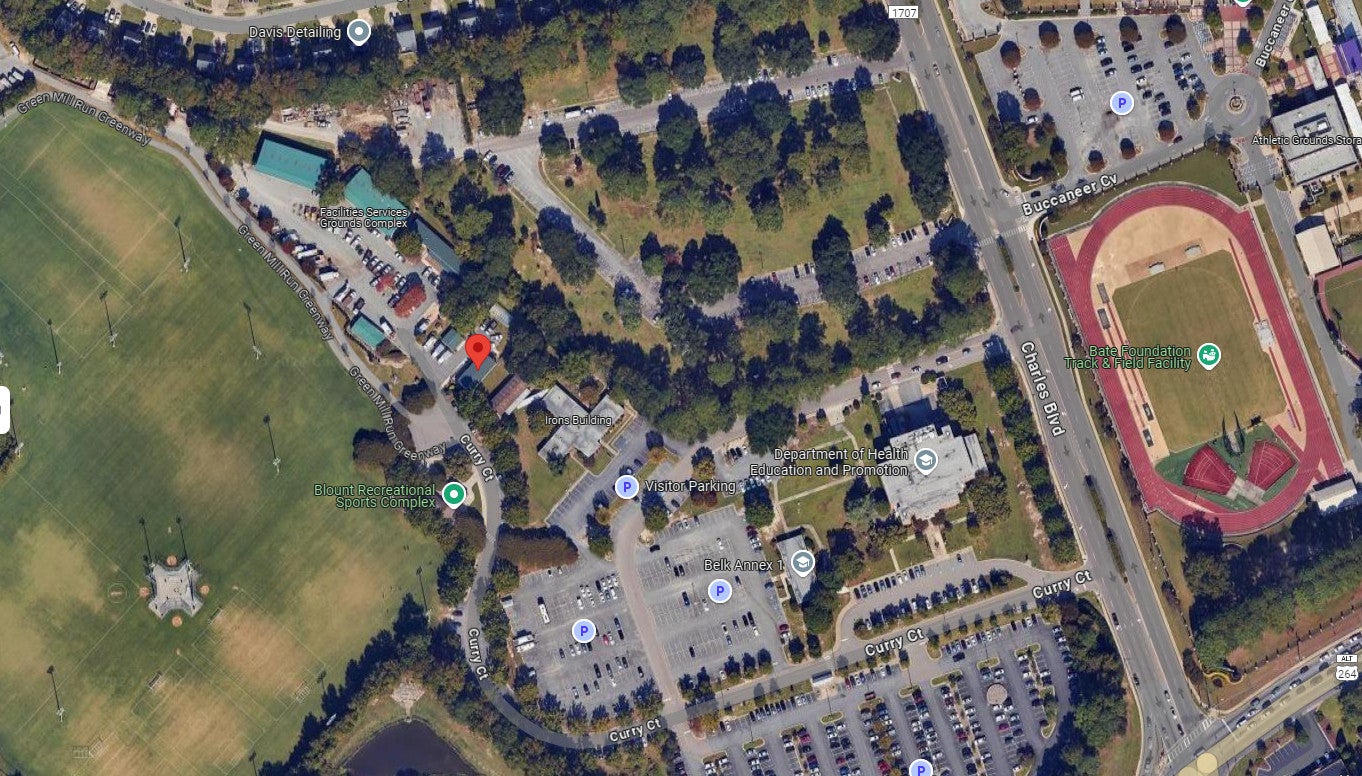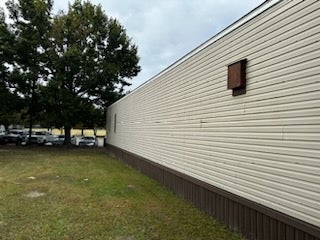New Bat House at ECU
Did you know that bats are excellent pollinators?

In fact, over 300 species of fruit depend on bats to pollinate them including avocadoes, mangoes, and bananas and roughly 80 medicines are made from plants that rely on bats for pollination1.
In celebration of pollinators and Halloween last week, the ECU Sustainability Program and SustainabiliBEES recently hung a bat house near the Blount Recreational Sports Complex.
Bats are also great for pest control. They can eat up to 1,200 mosquitoes in one hour and can eat their entire body weight in insects in one night, making them beneficial for protecting crops as well2.
Bat houses need specific conditions to be a haven for bats, including limited artificial lighting, 2 to 8 hours of sun exposure, and being 15-20 feet above the ground3. These things ensure comfort for the bats as well as safety from predators.
Blount Recreational Sports Complex is near the Belk Complex, off Charles Boulevard, and across from the Bate Foundation Track & Field Facility. If you would like to see the bat house, please respect any bats that may have settled in and give them some space.


We’re excited to have a new bat house on campus and glad that we have an opportunity to support an important part of our ecosystem here at ECU. If you’re interested in how you can help conserve bat populations in our area, check out this website from the National Parks Services!
Sources for more info on bats: